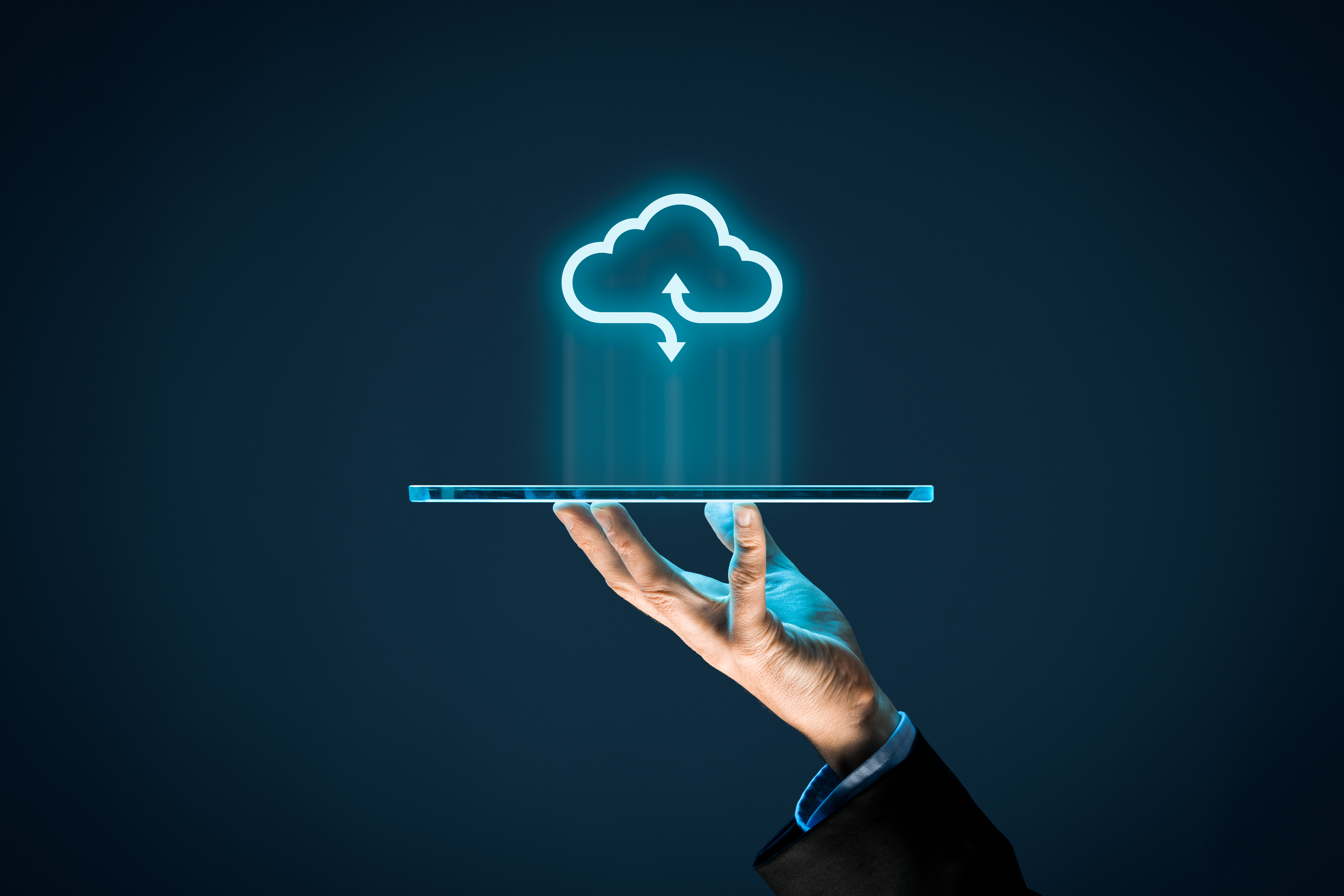Top 10 cloud vulnerabilities to look out for 2024

Cloud computing has changed the way we store and process data by making it more accessible, more flexible, and less expensive. However, the move to cloud computing may expose us to new cyber threats. Cloud computing vulnerabilities include many types, such as ransomware, data breaches, denial of service threats, etc. Attacks like this can have serious consequences, costing users and businesses a lot of money and affecting their reputation.
In this article, we will talk about 10 common vulnerabilities in cloud computing. By knowing what the risks are, we can put together a plan to keep data safe and make sure that our company's cloud systems are safe and secure.
1. Data breaches
The survey still says that data breach risks are the most important thing. It makes sense, since this threat can do a lot of damage to your image and your finances. They could cause you to lose your intellectual property (IP) rights and get into trouble with the law.
The CSA makes several important points about the danger of data breaches, such as:
- Hackers want data, so companies need to figure out how much the data is worth and what will happen if they lose it. Protecting data means asking who has access to it. Internet-accessible data is the most likely to be hacked or misconfigured.
- Encryption can keep data safe, but it decreases speed and makes things harder for users.
- Companies must have tested plans for how to handle incidents, which may include involving cloud service providers.
2. Misconfigurations
The CSA has added this as a new threat, and it's not shocking that many businesses have accidentally made data public through the cloud. For instance, CSA pointed to the Exactis episode, in which the vendor accidentally made a public Elasticsearch database with the personal information of 230 million US customers available.
Companies must not only worry about losing data, but also about resources being deleted or changed in a way that is meant to stop business operations, according to the CSA. Most mistakes are blamed on bad change control methods in the report.
CSA's main points about wrong setup and poor change control are: cloud-based resources are complicated, which makes configuration hard; It's not likely that traditional methods of change management and control will work in the cloud; Continuously look for resources that aren't set up right using automatic tools.
3. Lack of cloud security strategy and architecture
Businesses that want to move their systems and data to the cloud as quickly as possible often put speed ahead of security. That's why the business started using technology and security plans that weren't made for working in the cloud. This is definitely a big issue.
Key points from the CSA about not having a cloud security architecture and plan are: The architecture of security needs to be in line with business goals and objectives; Make a security design framework and put it into action; Frequent updates of danger models; Put in place tools for constant monitoring.
4. Poor access management
Bad management and access control of data, systems, and real resources like server rooms and buildings are now on the CSA's list of enemies. According to the report, businesses need to change how they handle identity and access management (IAM) because of the cloud. The study says that if you don't do this, incidents and security breaches can happen because: Your credentials aren't properly protected; You don't change your cryptographic keys, passwords, and certificates on a regular basis; Not being able to expand; Don't use more than one form of registration; Strong passwords are not good.
Some of the most important things the CSA says about not having enough identity, credentials, access, and key control are
Two-factor login is used to keep your account safe.
- Be very strict about who can use the cloud and how they can get in. For example, don't let root accounts be used by everyone.
- Group accounts, virtual private clouds, and authentication groups together based on what the business needs and the concept of least privilege.
- Key information, passwords, etc. can be kept in one place and changed from time to time.
- Delete login information and entry rights that aren't being used.
5. Account hijacking
There is still a risk of account takeover in the cloud. Attackers are more likely to get into highly sensitive accounts as phishing attempts get smarter, more effective, and more focused. Cheating isn't
6. Insider threats
When people inside a company, like workers or contractors, use or access cloud resources, this is called an insider threat. These people may have permission to use cloud resources, but they take advantage of that permission to help themselves or put company assets at risk without meaning to. because of what he did.
It can be hard to spot and stop insider threats because they usually involve people who have permission to use cloud services and may not be trying to do harm. It can also be hard to solve because a lot of trust and access within the company are needed.
7. Cookie poisoning
Cookie poisoning in cloud apps means adding harmful information or changing a cookie without the user's permission. A cookie is a small piece of data that a website or web app stores on a user's computer.
Cookies store details about a user's preferences and browsing habits. They are often used to make the user's experience more personal or to keep track of what they do. Cookies in SaaS and other cloud apps often hold login information. This means that an attacker could "poison" the cookie to get into the app.
8. Denial of Service Attack - DoS
A DoS (denial of service) cyber attack seeks to make a computer or network resource inaccessible to the specified user. To this end, DoS attacks typically involve flooding the cloud service with significant traffic, causing the system to be unable to process valid requests and become overloaded.
DoS attacks can have very bad effects, such as stopping important services, costing a company money, and hurting its image. DoS attacks can be hard to defend against in the cloud because of the size and complexity of cloud computing systems, which can make it hard to find and stop attacks.
9. Unsecured API
APIs that aren't safe have security holes that attackers can use to get into systems and data without permission or to stop APIs from working.
Certain APIs are not safe, such as:
The owner of a shadow API might not even know that it doesn't have the right permissions or documents. Developers or other users inside the company can make them, and they can let people who aren't supposed to see private data or functions see them.
Inputs and outputs of APIs can be easily hacked by adding harmful code if they are not fully checked and verified.
Unsafe APIs can let people in without permission, leak data, and cause other security problems.
10. Cloud crypto mining
This is a cyberattack to use cloud resources to mine virtual currency without the owner of those resources or the cloud provider's knowledge or permission. The act of using computers to verify events on the blockchain is called cryptocurrency mining.
An attacker uses stolen or leaked credentials to get into cloud resources like VMs or containers in order to do cloud crypto mining. To get in without permission, they can also use malware or take advantage of flaws in cloud systems. The attackers then use the resources to mine virtual cash, which can run out of resources and cost the owner money.
Conclusion
Overall, cloud computing offers many benefits in terms of scalability, flexibility and cost savings. However, it also presents many new security challenges that must be addressed to protect cloud resources and data from cybersecurity threats. At Axalize, we take a proactive approach to cloud security to get the most effective at vulnerability management in cloud computing for both our customers and internally.
>>> You might also be interested in Cloud computing in banking: Full definition & guide.


